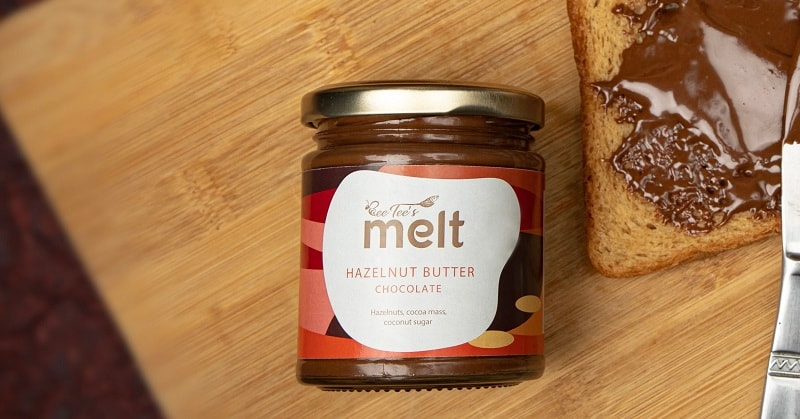
The practice of making a paste out of nuts has a long history. The Caliphs of Baghdad cherished almond paste, often known as marzipan. The Book of Recipes, or Kitab al-Tabikh, was a compilation of recipes from Baghdad’s ninth-century court.
To overcome shortages during the Napoleonic wars and WWII, hazelnut butter was blended with chocolate, resulting in the creation of gianduja chocolate spreads. Since then, these pastes and spreads have come a long way.
ADVERTISEMENT
Even today, nut butter has become just one of several tasty paste possibilities. As indicated by its name, its main ingredient is different kinds of nuts. You could also make your own nut butter by combining a handful of your favourite nuts with water, oil, and a bit of salt to make a delightful spreadable delicacy.
Nut butter is a paste-like spread created by mixing nuts with water until they form a paste. Nut-based spreads come in a variety of textures and flavours and can be used for both sweet and savoury purposes.
So, here is a list of some popular nut butters that you can also make in your kitchen:
1. Peanut Butter
To prepare a smooth or grainy natural peanut butter, mix peanuts with oil and salt. Before mixing, add 2 tablespoons of neutral oil to produce homemade peanut butter with a creamy consistency. Even though the peanut is technically a bean, the popular edible nut is nevertheless commonly consumed and recognised as a real nut.
ADVERTISEMENT
This butter may be used as a thickener for sauces and creams, as well as an alternative to cashew and pistachio butter or hummus.
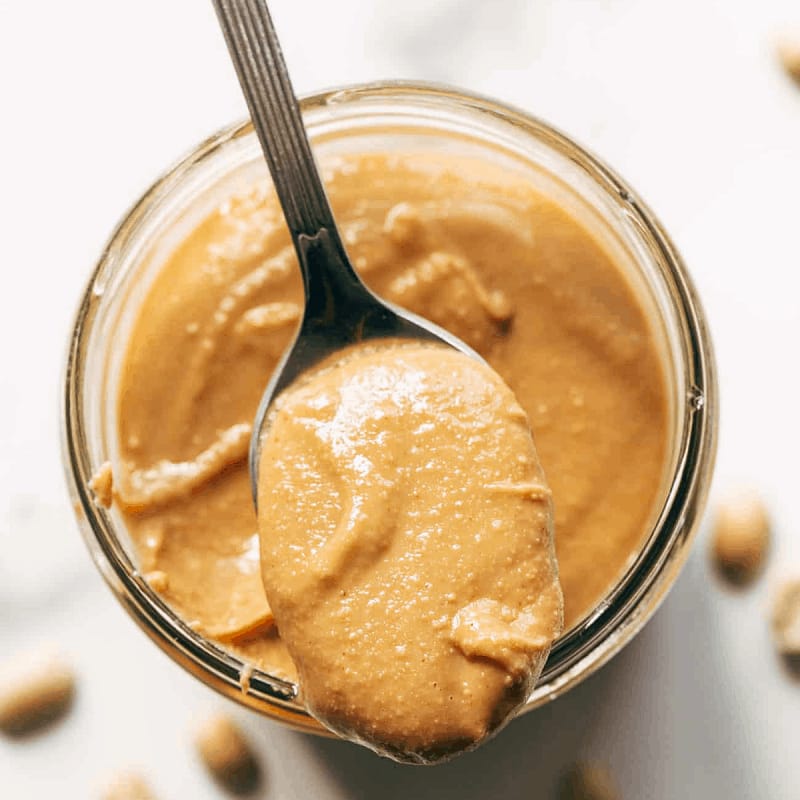
2. Chocolate Almond Butter
A nut butter produced from pulverised almonds is known as almond butter. It comes in smooth and grainy forms, much like peanut butter. But when you’re in the mood for something sweet, velvety Chocolate Almond Butter, created with roasted high-quality almonds and the ideal amount of melted dark chocolate and coconut sugar, should be your first pick.
The Chocolate Almond Butter from BeeTees melt is pure vegan, the velvety butter is soy-free, gluten-free, and devoid of refined sugar, preservatives, additives, and stabilisers.
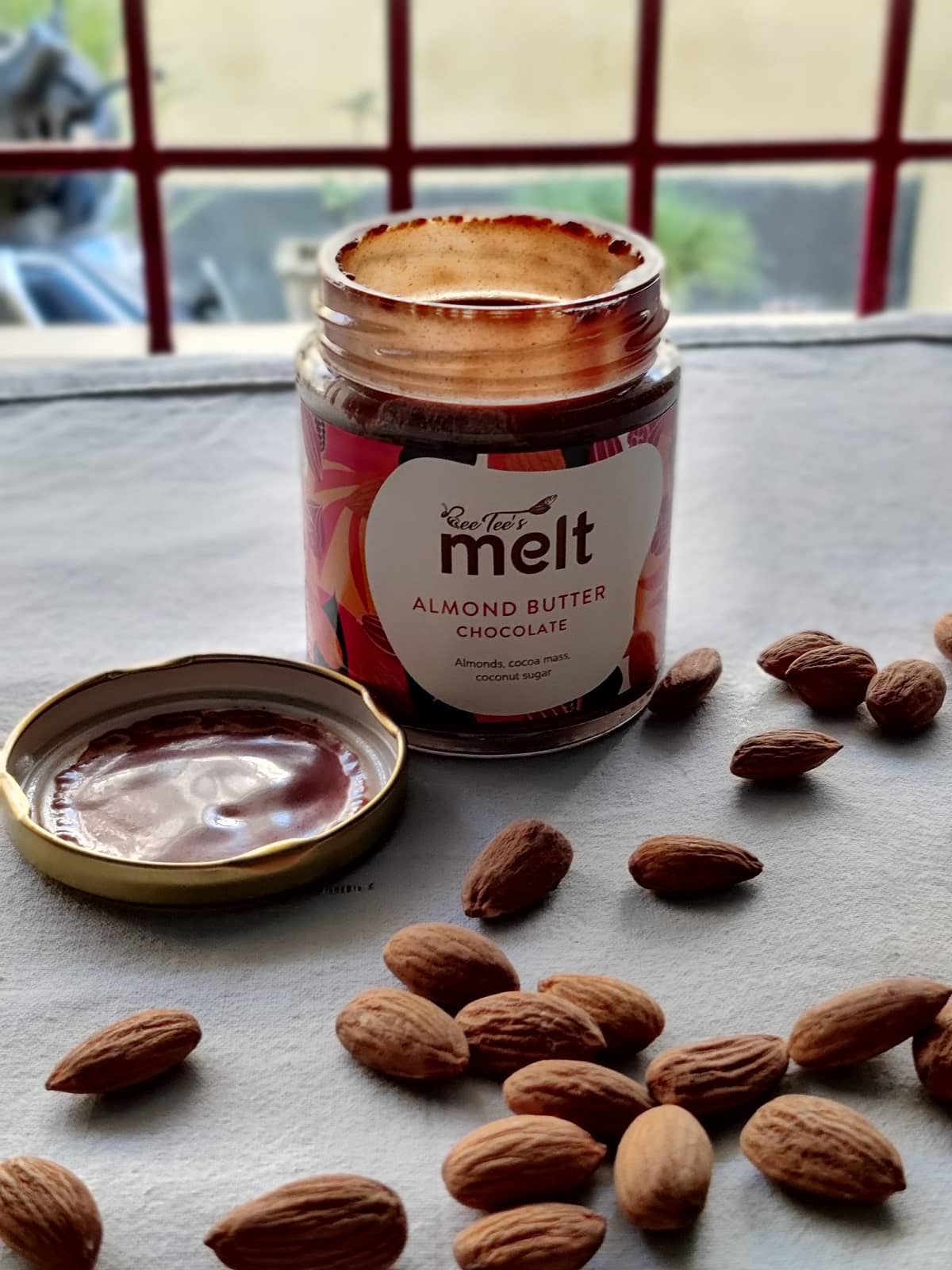
3. Hazelnut Chocolate Butter
Hazelnut butter a spread prepared from roasted hazelnuts blended together is just a spread but chocolate hazelnut butter brings you paradise. When we combine roasted hazelnuts, melted dark chocolate, and coconut sugar, we make a creamy, chocolaty spread that’s ideal for everyone’s breakfast. It is vegan, soy-free, gluten-free, and free from refined sugar, preservatives, chemicals, and stabilisers.
Protein, fibre, antioxidants, vitamin B, and vitamin E are all abundant in this tasty nut butter from BeeTees melt. Hazelnut butter pairs well with toast, pancakes, ice cream, and cookies because of its rich, nutty flavour.
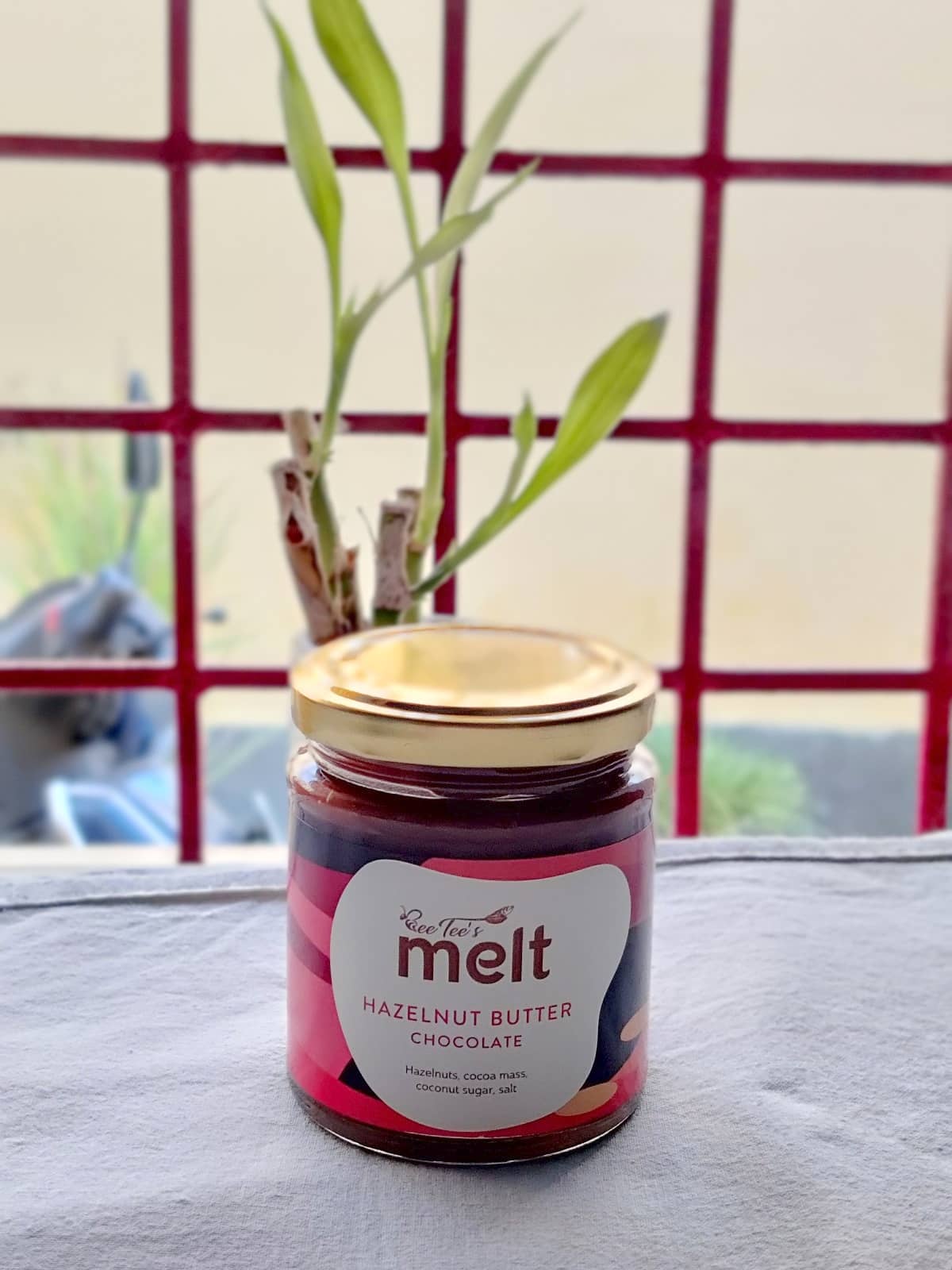
4. Macadamia Nut Butter
Macadamia nut butter is a paste produced from smashed macadamia nuts that are occasionally seasoned with salt. When raw nuts are pulverised, oils have released that bind the nut particles together to form a smooth butter.
ADVERTISEMENT
The taste of macadamia nut butter is enhanced by roasting the macadamia nuts before combining them. Fibre, magnesium, potassium, antioxidants, and vitamins A, B, and E are all abundant in this kind of butter.
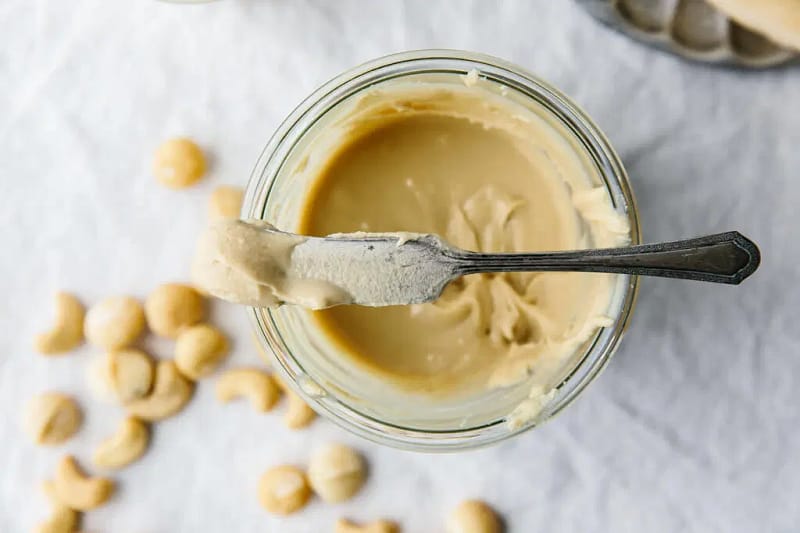
5. Brazil Nut Butter
Brazil nut trees are Amazonian natives that can only be found in natural, unspoiled places. Brazil nuts are packed with antioxidants and omega-3 fatty acids, and they may be eaten raw or roasted. After the nuts have been roasted, they may be blended into a creamy, fine surface in a food processor.
As the Brazil nuts start breaking down throughout the mixing process, natural oils are released, resulting in creamy nut butter. And after this, you add other elements such as chocolate and others to give your butter a better taste.
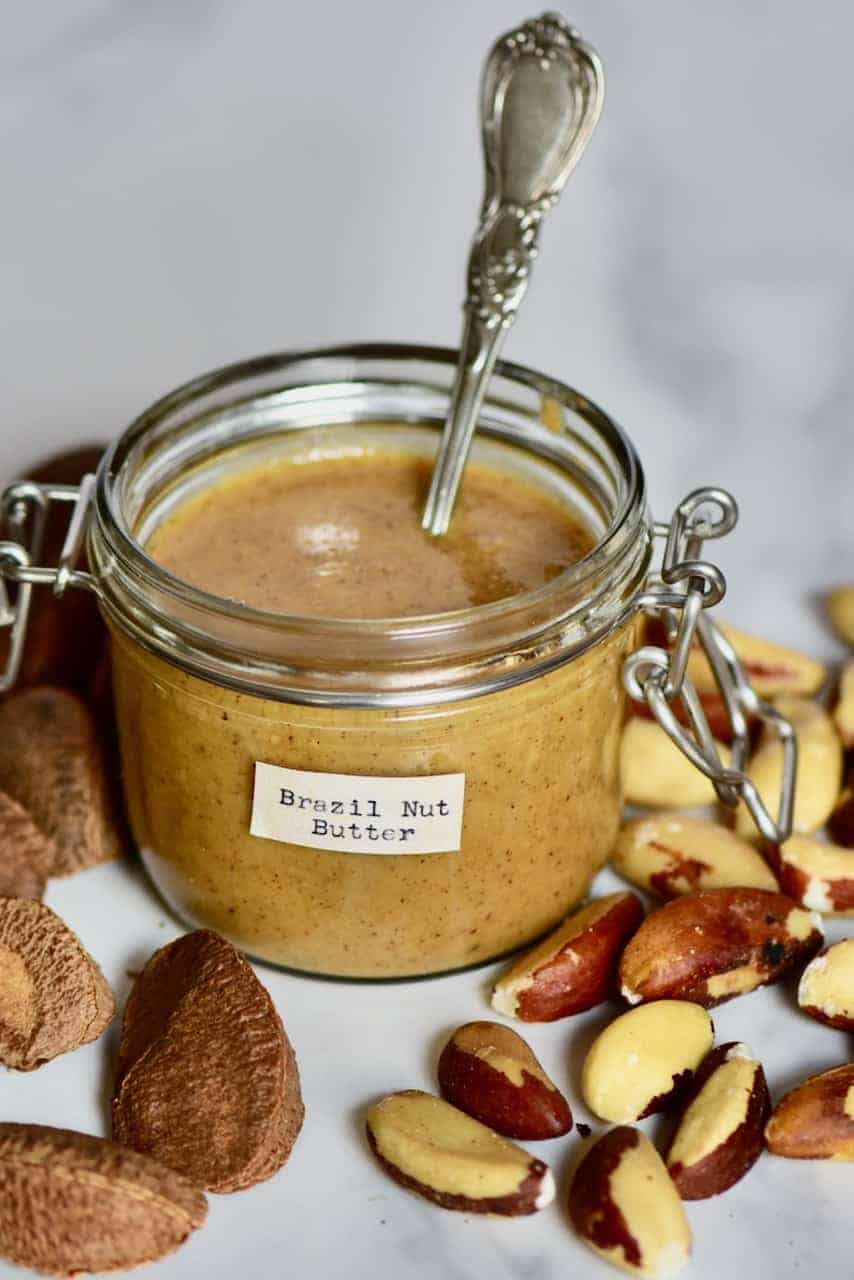
6. Chestnut Butter
Roasted and peeled chestnuts may be used to produce delicious butter that can be used as a spread, a sauce base, or a topping for your morning porridge. To create this butter, finely grind the chestnuts in a food processor, then add water and pulse until the butter’s texture turns creamy and paste-like.
ADVERTISEMENT
This butter may be used in pieces of bread, pastries, pies, and as a hummus alternative.
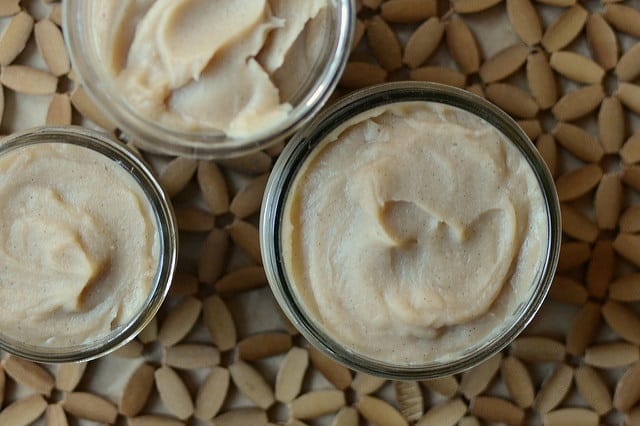
7. Pine Nut Butter
Pine nuts are normally more costly than other nuts, but when roasted and combined together, they create an outstanding butter. Combine pine nuts with a neutral oil and a touch of salt to make pine nut butter.
Use it as a toast sauce, a dessert topping, in salad dressings or for savoury purposes. It is loaded with fibres, proteins, vitamin B6, and essential amino acids.
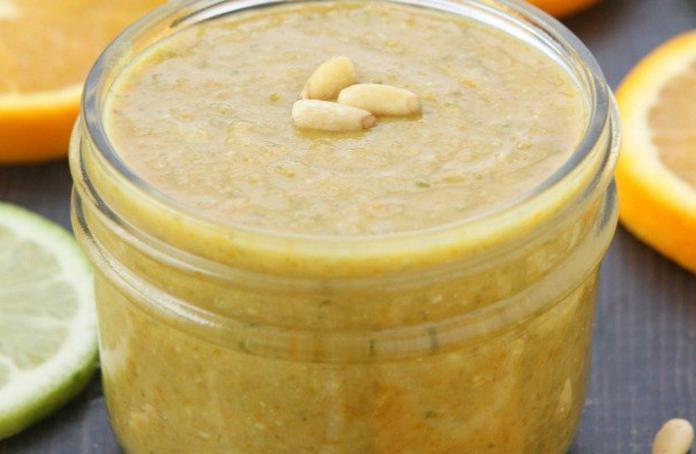
ADVERTISEMENT
ADVERTISEMENT











